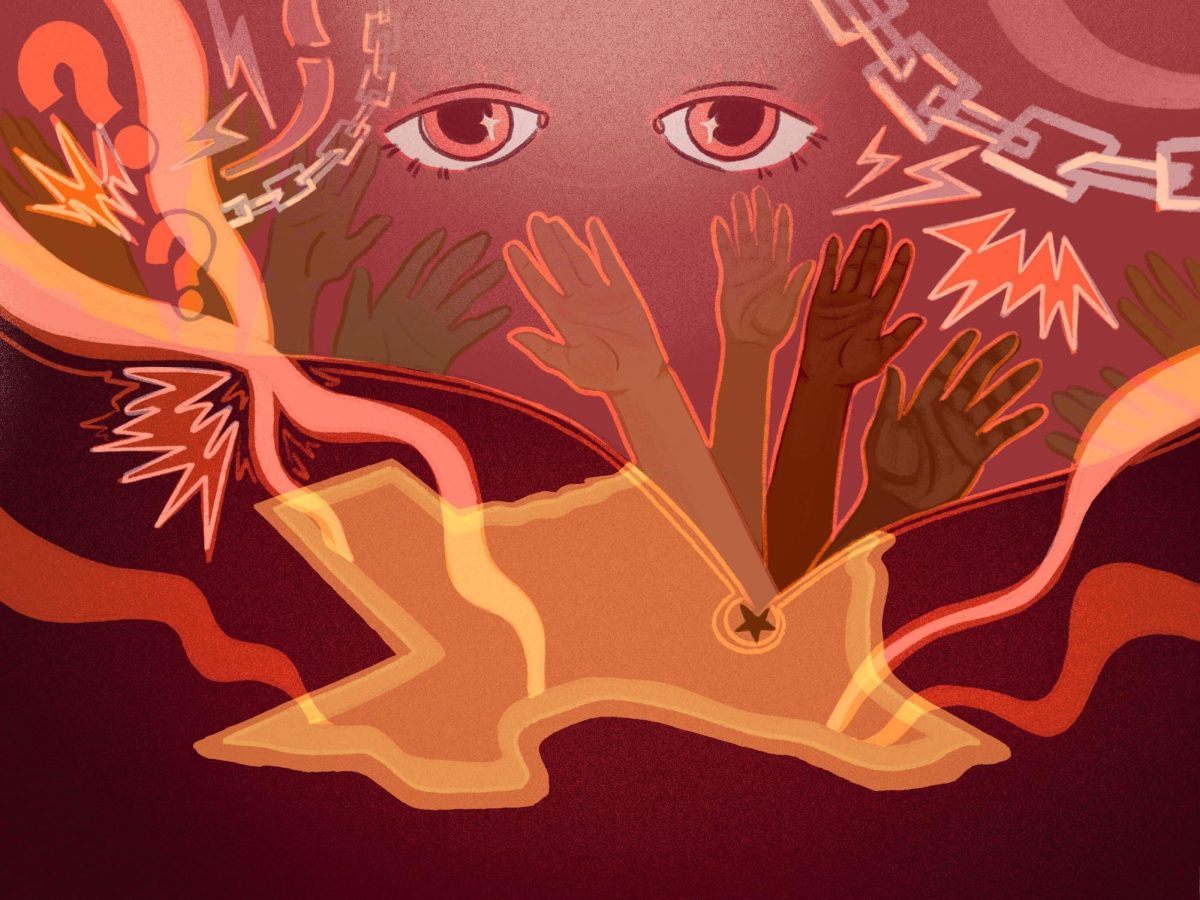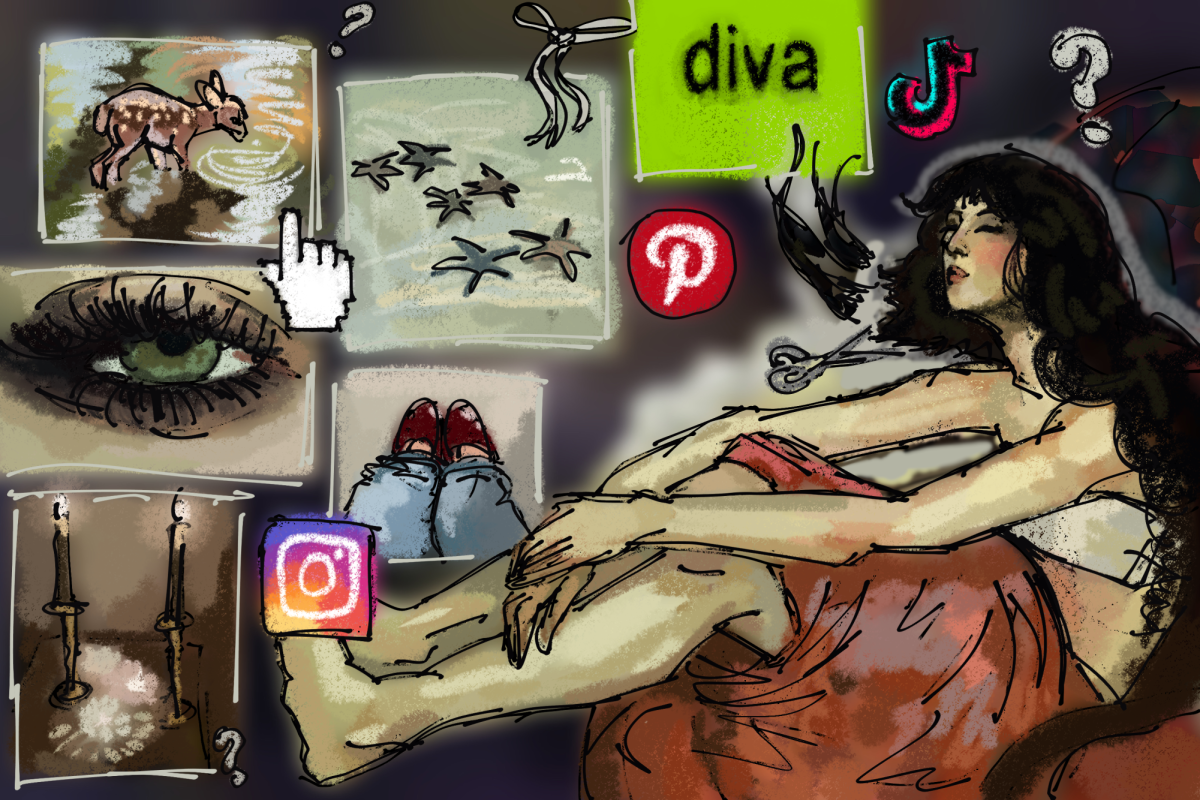Nearly 10 years ago, the Austin City Council approved a plan to improve the Drag between MLK Boulevard and 29th Street. Ten years later, the Drag is just as neglected as it was when the project was approved, students are unaware of the plan and the city of Austin is in no hurry to improve the Drag’s conditions. Why? Because City Council is simply not ranking UT students as a priority.
“I don’t think city government services its students very well,” said architecture professor Larry Speck, who supports the improvement plan. “I don’t think they’re in franchise with the students in this city. [They think] this is just a student area, so maybe we don’t have to pay attention to it like we might a downtown street, but students vote too and they deserve equal treatment.”
The components of the plan to improve the Drag are simple, but the effects would be phenomenal: Trees would be planted periodically from MLK to 29th Street, sidewalks would become up to 10 feet wider and, at busy crosswalks, the sidewalks will pull out eight feet, providing generous standing space and reducing crossing distance.
It can be difficult to picture what the Drag could be, but to do so, look to some of UT’s successful community spaces. You enter the Texas Memorial Union courtyard and find people meeting with friends, doing homework, eating lunch, reading a book and even just people-watching. It’s an enjoyable place to be — it is shaded, convenient and has a soothing water feature. There is no reason why the Drag cannot incorporate similar characteristics of successful community spaces.
Every year, hundreds of students make the decision to come to this campus largely because of its beauty, legacy and the community spaces it holds. These spaces give the impression that we take pride in who we are. And yet, shockingly, you walk down the Drag — a street directly adjacent to our distinguished University — and get the impression that people don’t care about the place. The Drag is an opportunity for the University to engage a part of Austin just outside of its borders and to share the UT legacy of beauty, strength and community. It is a shame that UT and Austin are associated with such a pathetic street.
Speck agrees. “The current conditions of the Drag are wrong. Wrong because I believe in the idea of community that comes with great public space,” Speck said. The Drag can and should be a great public space, one that has the potential to foster community. “Thousands of people walk from their homes in West Campus. The Drag’s improvement is fantastic for the city. This is economical. This means they don’t have to build more streets and build more buses, because people are walking from their homes to school and work. But, you have to have a little bit of infrastructure,” Speck said.
According to the Economic Impact section of the UT website, students contribute $823 million to the local economy every year. Consequently, we deserve the same considerations as local residents. Simple implementation of trees and sidewalk adjustments will transform the atmosphere of the Drag, helping to develop it into a place to experience, rather than a place to quickly pass through. Moreover, Guadalupe is a gateway between the city and the University. It is one of Austin’s iconic streets. If it looks neglected, if the thousands of visitors UT brings to Austin for football games and other campus events walk down the Drag and get the impression that we don’t care, it reflects poorly on our city and our school. Students need to demand of their city government what any citizen can: to take care of their streets and sidewalks. Citizens are right to demand that of their city, and students are citizens.
Peper is an architecture junior from Waco.




















